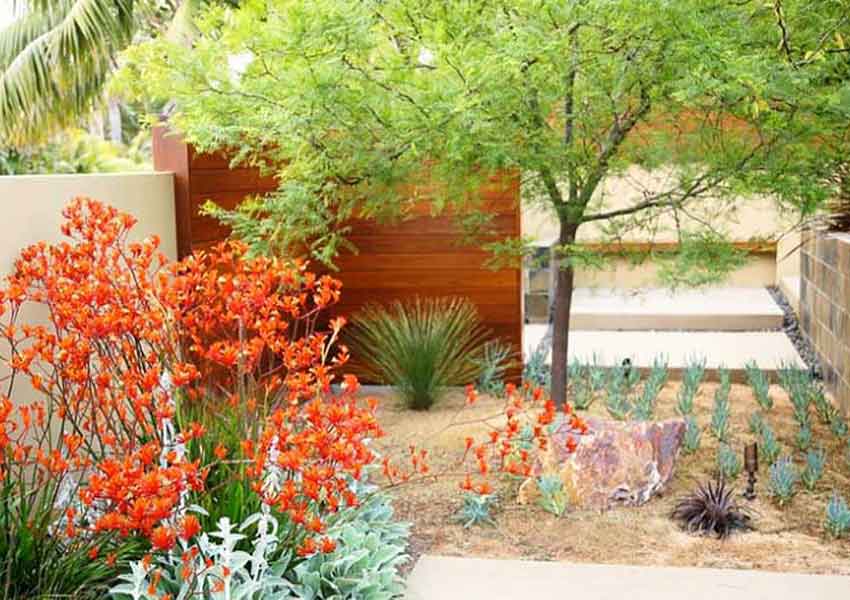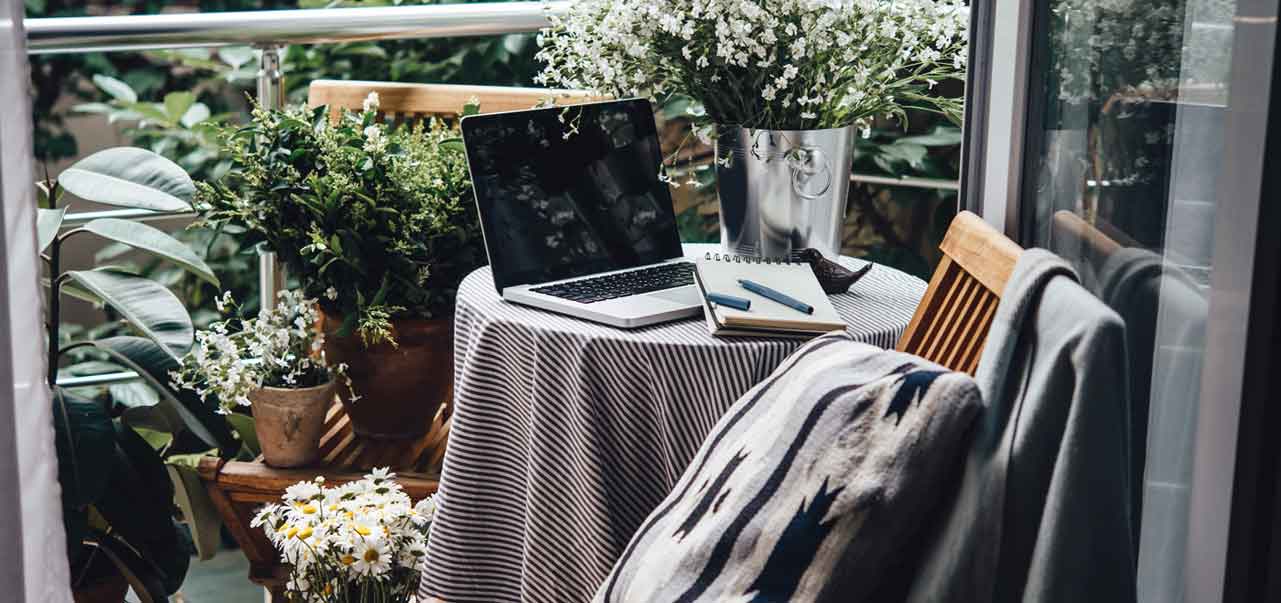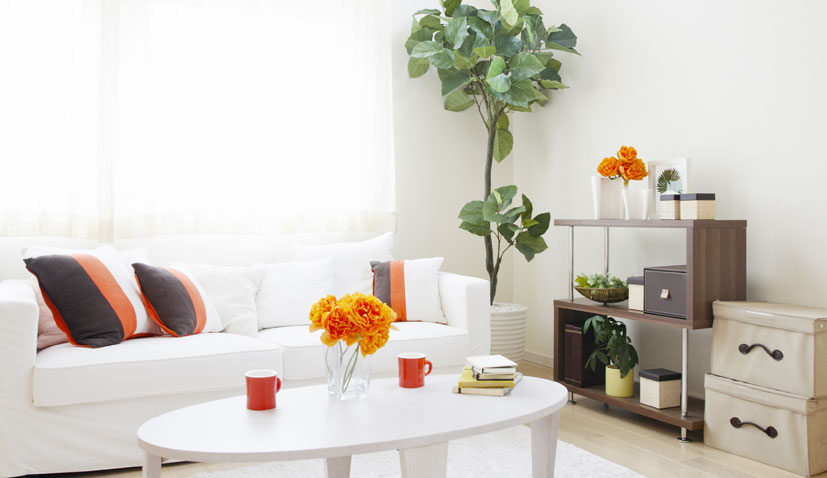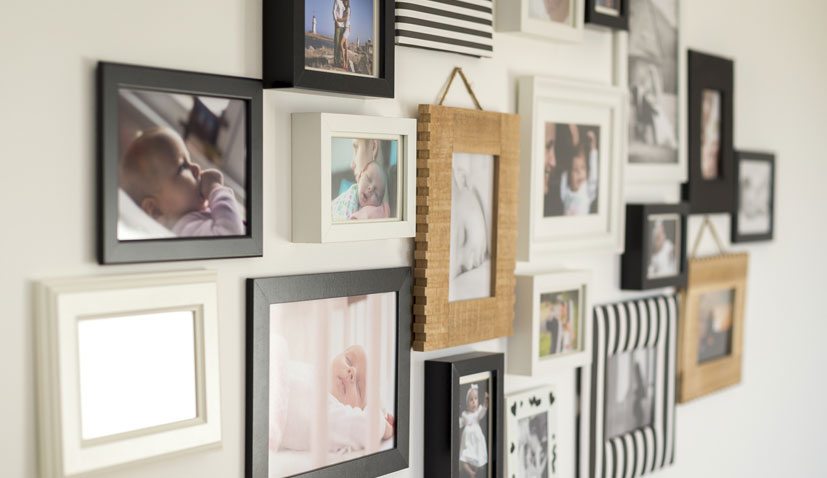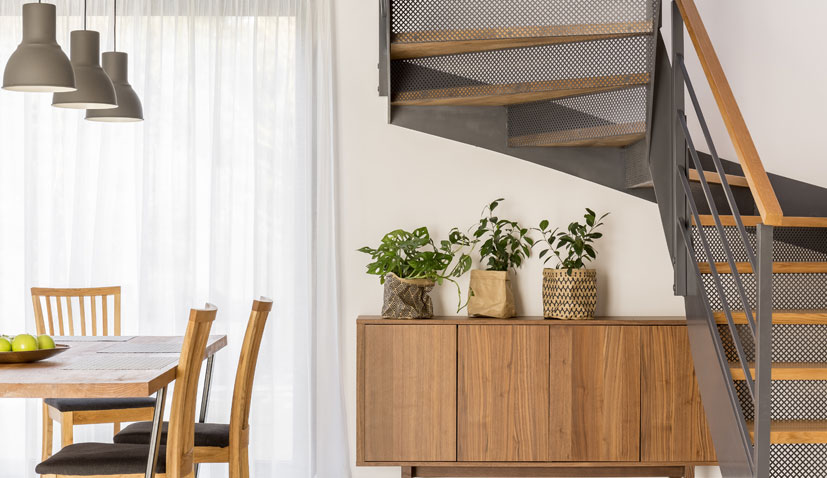Tips to tackle your back - or front - yard
Take some time to consider how you may want to use your outdoor spaces and create your own sanctuary.
1. Get inspired
Not sure what overall look you’re going for or where to start? Head to Pinterest or Instagram for some ideas. You’ll be able to find some ideas and adapt them to your budget and lifestyle.
2. Make a plan
Take the time to do some research and think about what do you want from a backyard. Do you plan to sit outside or have an eating area? Do you want some shade? Maybe you still need a fence or some screening for privacy. Do you have a small courtyard? Map out everything you want to be included and break it down into stages to complete in order of priorities.
Consider all your outdoor spaces. Do you have a front yard or side area that you'd like to use too?
If you are adding a new structure to your land then you’ll need to check in with your council regarding permits that are required before you start building. (Note: if you have a Keystart shared ownership home loan you may need to check with us too).
3. Small spaces
There is a lot you can do with a small outdoor space. It will take some planning though. If you have a balcony space, consider potted plants and smaller furniture. Is there wind exposure? Your local nursery will be able to recommend plants to suit your conditions.
Gardening Australian has some great tips for balcony and courtyard gardens.
4. To DIY or not to DIY
You’ll need to consider what you can do yourself and what will require the help of a professional. For example, do you have the skills and know-how to buy the grass and lay it? If not, factor in the cost to hire an expert.
If you fancy yourself as a DIY expert but need a little guidance then try searching on Bunnings, Water Corporation and YouTube for tutorials. There are so many invaluable sources of inspiration with instructional videos ranging from creating herb gardens to erecting sheds.
5. Set a realistic budget
Just like you did for your house, think about the amount of money you want to spend on the garden and you might like to make a plan to tackle it in stages.
Plants and their ongoing maintenance can be expensive if you choose high-maintenance greenery, requiring regular pruning and a lot of water and time. Consider buying seedlings rather than established plants and native species for less water and a beautiful local look.
6. Consider the climate and your water use
Western Australia generally has sandy soil and responds well to plants that are in their natural habitat – native plants. If you think of Kings Park in the middle of Perth City full of gorgeous native plants that all thrive in WA’s climate. Native plants could save you money in the long term and are considered water-wise. They usually require less maintenance too and still provide a unique oasis in your front or back garden.
Did you know that we use over 40% of water in our garden? There are many ways you can create a waterwise garden by considering sprinklers and planning your reticulation. Consider how often you really need to water your garden, the type of plants and how to improve your soil. Water Corporation has a range of tips and tricks.
Waterwise tips from Water Corp
7. Recycle
Are you interested in recycling and upcycling? Your local op shop, local tip shops and your local Buy Nothing groups on Facebook may provide plenty of options for foraging and finding pots and outdoor furniture that still have plenty of life left in them.
Seven tips for interior design on a budget
1. Make a plan
When styling on a budget you want to make sure you get bang for your buck so planning your room is vital. Make a mood board with magazines or go to Pinterest or Instagram and save everything you like so you can set a scene for your room. Draw up your room and list the items you want for the space. This way you won't make unnecessary purchases. If you're doing this as a couple - this is a great way to make sure you're both on the same page.
2. Research
Your budget will determine where you shop. Once you have planned your room and know what you’re looking for, spend time researching furniture shops. Follow your favourite stores, get to know when they have sales or promotions so you can get a good deal. Neutral colours work well because as trends come and go, you can rework it with different throws and cushions to keep it up to date.
3. Go green
Plants fill a room. If you have a space in your room that needs a little something – bring in an indoor plant. It will bring the room together and create a positive energy to your home.
4. Artwork
Family and favourite photos can be a great way to decorate your walls instead of expensive artworks. Buys different size frames and frame your memories.
5. Create a focal point
If your room is painted in neutral colours like whites, greys and beiges, you can include a bold cushion or throw rug to create a focal point for your room.
6. Declutter
Keep it simple, your room will look bigger and in scale, creating a calm and welcoming space.
7. Lighting
The right lighting can completely change the feel of the room and create a cosy, warm atmosphere. A feature light or pattern lampshade is just one example of creating this. Consider including a feature light over the dining table or kitchen bench or a free-standing lamp in your lounge room.
